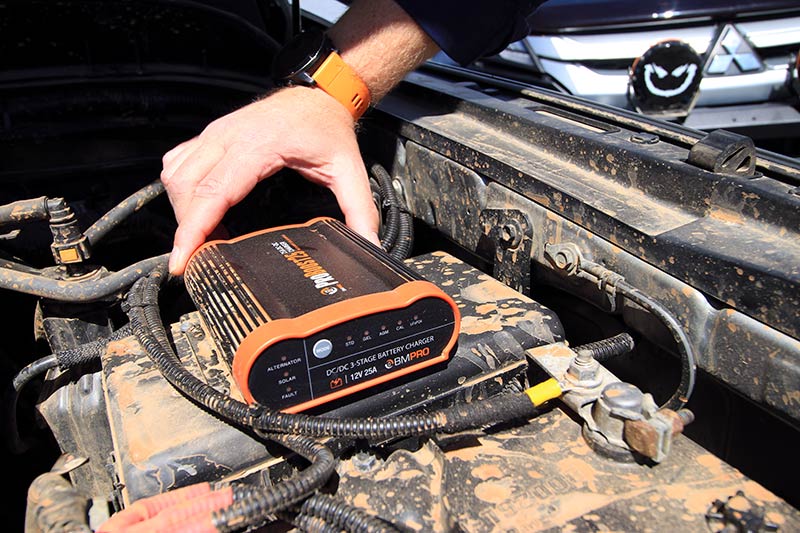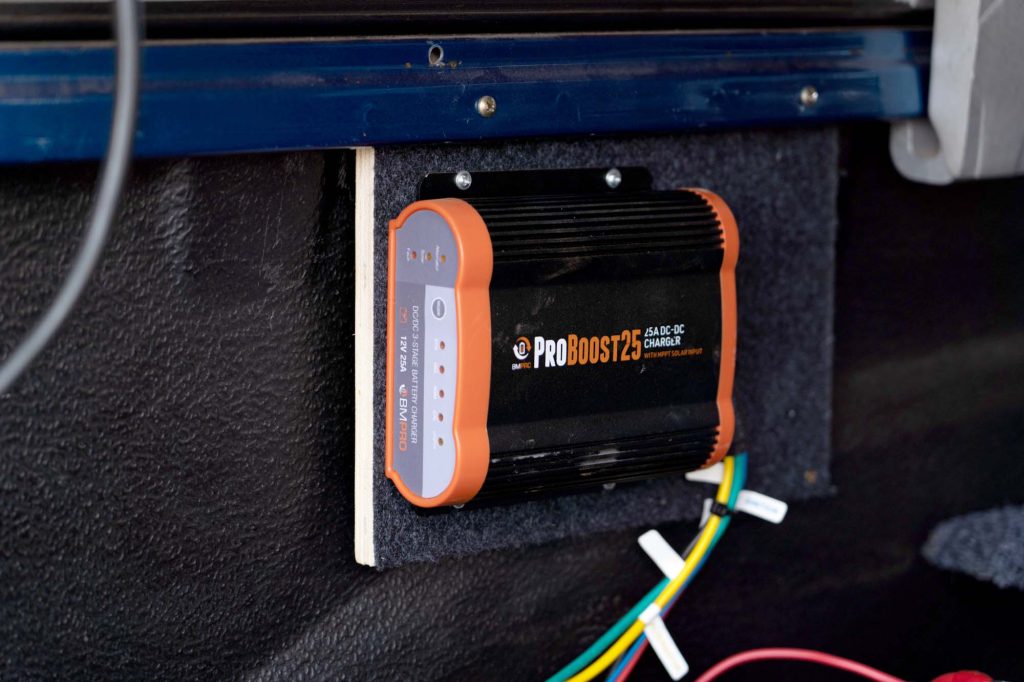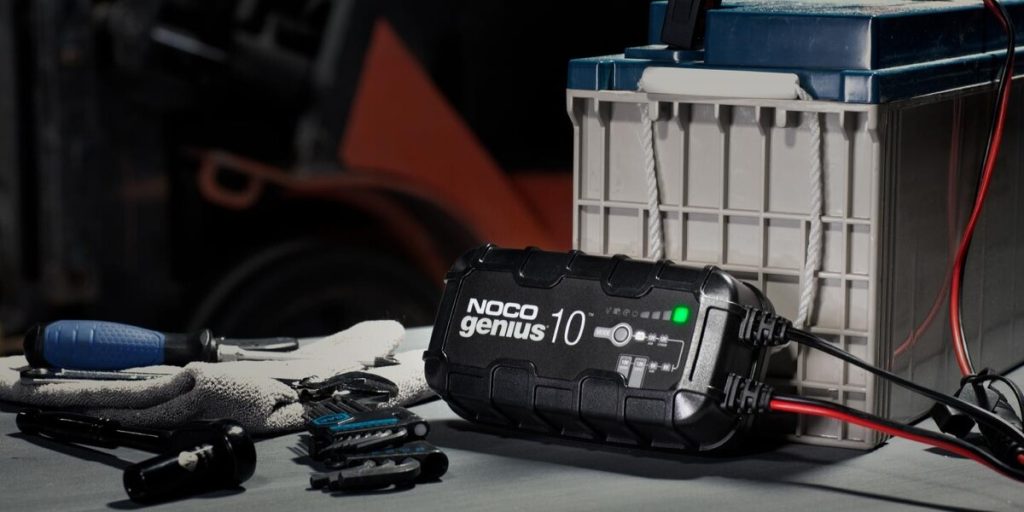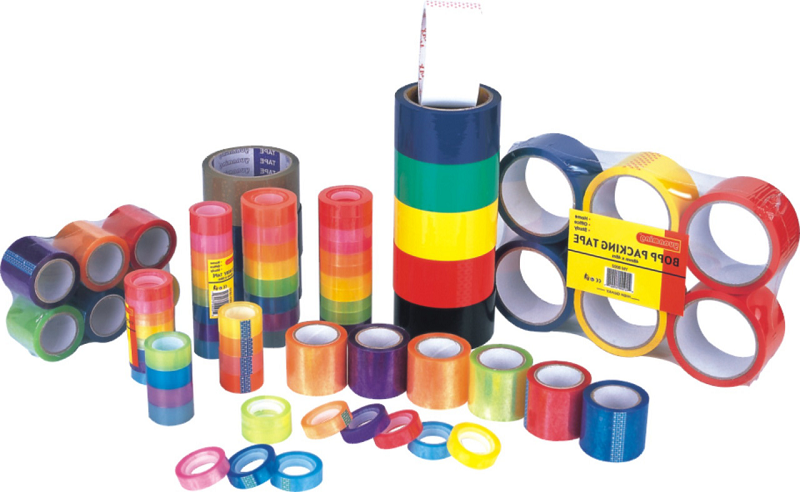Power Up: A Beginner’s Guide to Deep Cycle Batteries and Chargers
Camping, caravaning and longer RV trips require a few necessities for a more pleasant trip. You’ll need to consider power, food, water, and basics like camping furniture. All vehicles rely on an off-grid solar setup, and deep-cycle batteries to provide power to appliances and devices you can’t do without. When the weather turns bad and batteries get depleted, you’ll also want a battery charger. These work in different ways for different battery types.
Basics of Deep Cycle Batteries and Battery Chargers

Deep cycle batteries differ from car starter batteries in their chemistry and how they’re built, meaning different purposes and uses. Car batteries have individual cells separated by thinner porous plates to increase overall area and reduce internal resistance, essentially providing bigger bursts of power, but only for a few seconds at a time. Deep, cycle batteries, on the other hand, have thicker plates and allow stored power to be discharged over several hours. The battery can also be discharged to extremely low levels (up to 90 per cent in lithium variants), without physical damage or safety risks. Another difference is that this can be done thousands of times. Topping up depleted batteries is done with the right deep cycle batteries chargers.
How Deep Cycle Battery Chargers Work

Besides restoring power, chargers also help maximise battery performance and longevity. However, you can’t use any regular charger, but one specifically made to work with deep-cycle batteries. These use variable rates of voltage and amperage in distinct charging stages for a full charge.
Charging in lead-acid batteries is done in three stages. The bulk stage charges the deep-cycle battery using constant current, while the voltage increases. This is up to the absorption stage when the battery has reached roughly 80 per cent full charge and current gradually decreases. In the last, float or maintenance stage, the voltage and current drop to a defined limit, while still charging the battery periodically to offset possible self-discharging. The aim is to get a fully charged battery.
Lithium-ion batteries differ somewhat in that they can handle higher rates of overvoltage, so can be charged much faster, removing the need for a floating stage. Typically, charging them is done with constant current, until voltage increases to over 14.6V. When this is achieved the charger resorts to maintaining the voltage in the battery, while slowly reducing the current.
Newer, ‘smart’ chargers offer several benefits compared to the traditional deep cycle batteries chargers described above in that they can be used with several different types of batteries. They also have several set-and-forget features to prevent overheating and overcharging batteries, and even cases of fires or exploding, so charging is safer and batteries last longer. Smart chargers constantly monitor and adjust charge rates and the current and voltage going in and can relay that data to your phone, so you can enjoy your trip without having to fret on the condition of the battery.
Choosing the Right Charger

There are several important things to consider when buying your next deep-cycle battery charger. The charger needs to be compatible with your battery in terms of voltage and amperage, can fully charge the battery within in defined time, and can do this repeatedly and safely.
Match your charger to your battery’s voltage rating. Most deep-cycle batteries used in caravan and motorhome solar setups are of the 12V type. However, bigger vehicles featuring power-hungry appliances like built-in ovens and air conditioners may have a single 24 or 48V setup or battery banks consisting of multiple batteries. Some chargers can top up several batteries in a single go.
Chargers also have an amperage rating. Those with higher amperage can charge your battery faster. As an illustration, a 12V 30A charger can charge a near-depleted lithium 12V 120Ah battery in less than four hours. A cheaper and less powerful 15A charger with take double that.
Moreover, consider integrated safety features to prevent nasty surprises while topping up batteries after a full day’s use. Almost every battery charger for deep cycle battery has overload protection, protection from overheating and overcurrent, reverse polarity protection and more. Some can also detect leaks or sulfation in lead-acid batteries. These features not only prevent hazardous incidents but also ensure stable battery chemistry to prolong battery life.
Many smart chargers can also be used with a range of lead-acid (AGM and Gel) and lithium batteries and automatically adjust voltages and current according to the battery’s capacity and charging needs. This is done with integrated battery profiles, changing parameters when you hook up a different type. Most chargers also have visible displays to inform the state of the charge and added info, such as remaining time for a full charge. While you may not need all these features, they offer more peace of mind and convenience, particularly in larger battery setups running multiple devices. Lastly, since you’ll be using chargers and batteries in less-than-perfect conditions, look at units with a tough build and resistance to dust, water and common chemicals.






